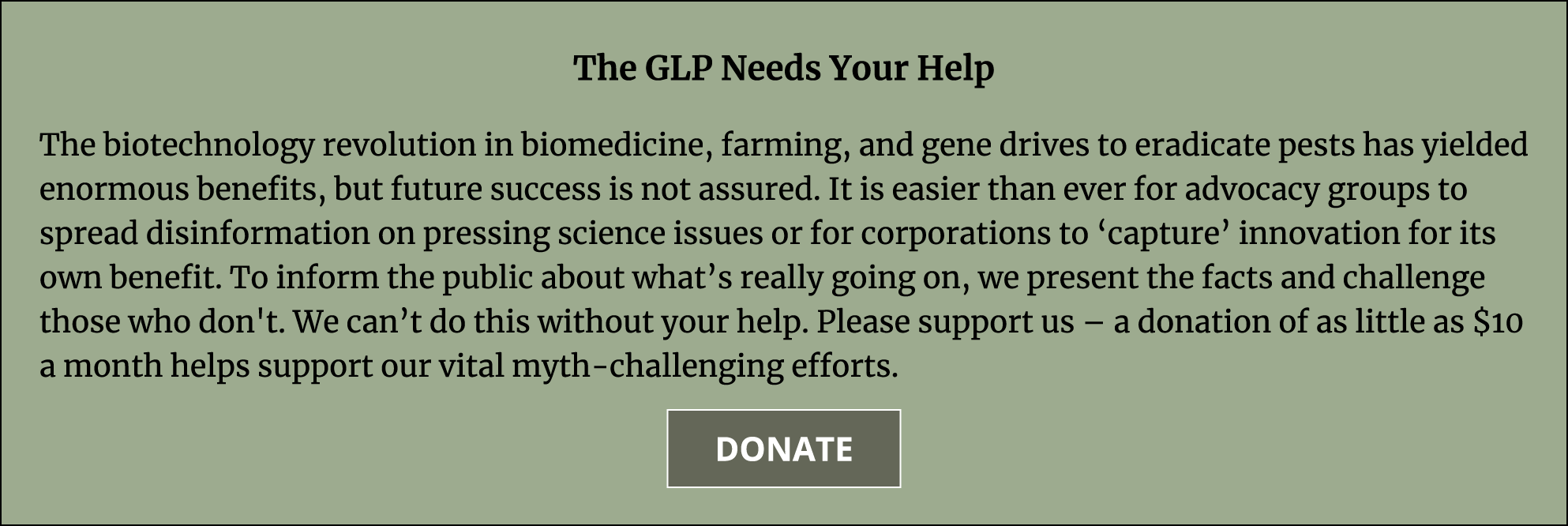The Fusarium fungus is the bane of every wheat farmer’s existence. Causing wheat scab—also known as head blight—it decimates harvests and contaminates grains with a toxin harmful to people and animals. Now, Australian researchers have come up with a new strategy to combat Fusarium graminearum, the most notorious wheat scab pathogen. In the lab, they have used a genome-altering technology called “gene drive” to get rid of the fungal genes that make this pest so toxic.
The findings are “very enticing” for both plant and human health, says John Leslie, a fungal pathologist at Kansas State University. Yet gene drives have never been deployed outside of the lab and plans to use them to eliminate mosquitoes and other pests have been controversial.
…
[D]onald Gardiner, a molecular biologist at the Commonwealth Scientific and Industrial Research Organization in St. Lucia, Australia, …. decided to see whether they could make Fusarium less potent by using gene drive. The process involves introducing DNA into an organism that causes one version of a gene to be passed on to the next generation but not another. Eventually, just the desired versions of those genes remain in the population.






























